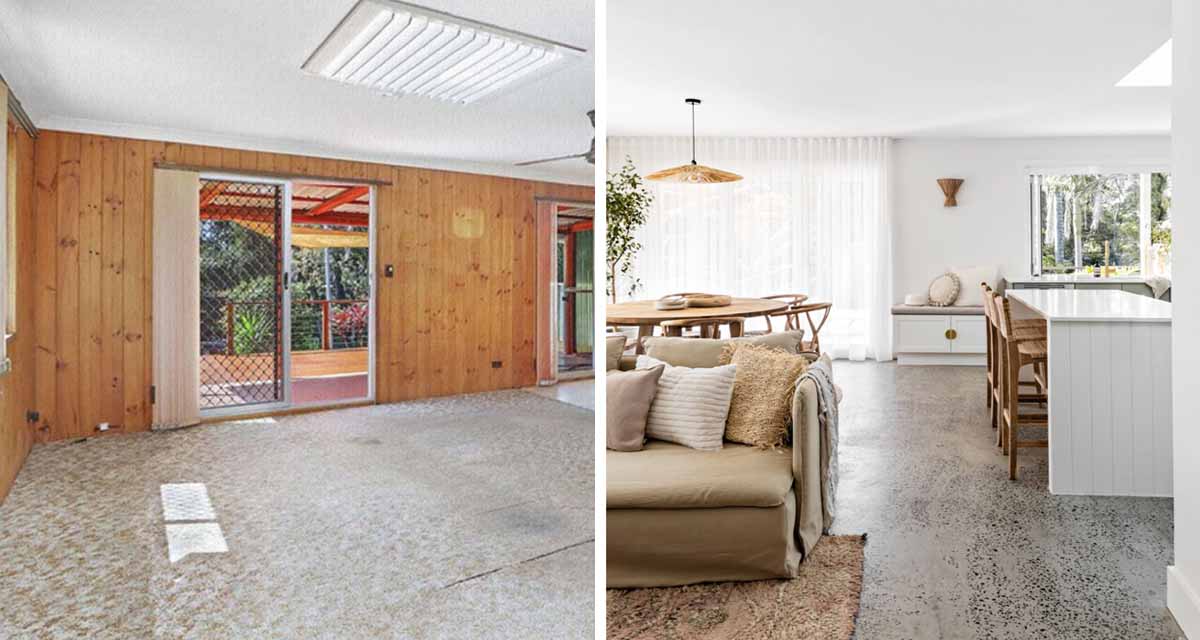We know that you guys love a good before and after as much as we do. A makeover – in design and in life – brings a sense of satisfaction that can’t be beat. A fresh start. A new perspective.
The months and months of planning, the sleepless nights obsessing over the details (or is that just us?) and even decision anxiety soon fades away once you are looking at the transformative results.
However, don’t let a good Before and After shot fool you. On every project finished – no matter how many projects we have under our belt – there are always decisions made on the spot and lessons to be learnt, and when you’re working with a number of contractors on a project, there are the inevitable mishaps and mistakes that occur on the job.
If you are currently planning a renovation of your own, then you should read these worthy renovation pointers before you start your project.
WHY MOOD BOARDS MATTER
With any project – big and small – creating a clear vision of how you want a space to look and feel, is extremely important BEFORE you start doing the work. While it can be tempting to jump right and start making decisions on the fly, putting your design concept into place should always be the first task to any makeover project.
Once you have the concept in place, you can then start working on the sourcing and design, which is ultimately what your project costs are going to be based off of. The more time you have to think about and plan the details for your project, the more opportunity you have to make the ‘right’ decisions. This ultimately helps with selecting materials and finishes in a cost effective manner, and ensuring there is supply of the items you want.
And remember – samples are a girls best friend!
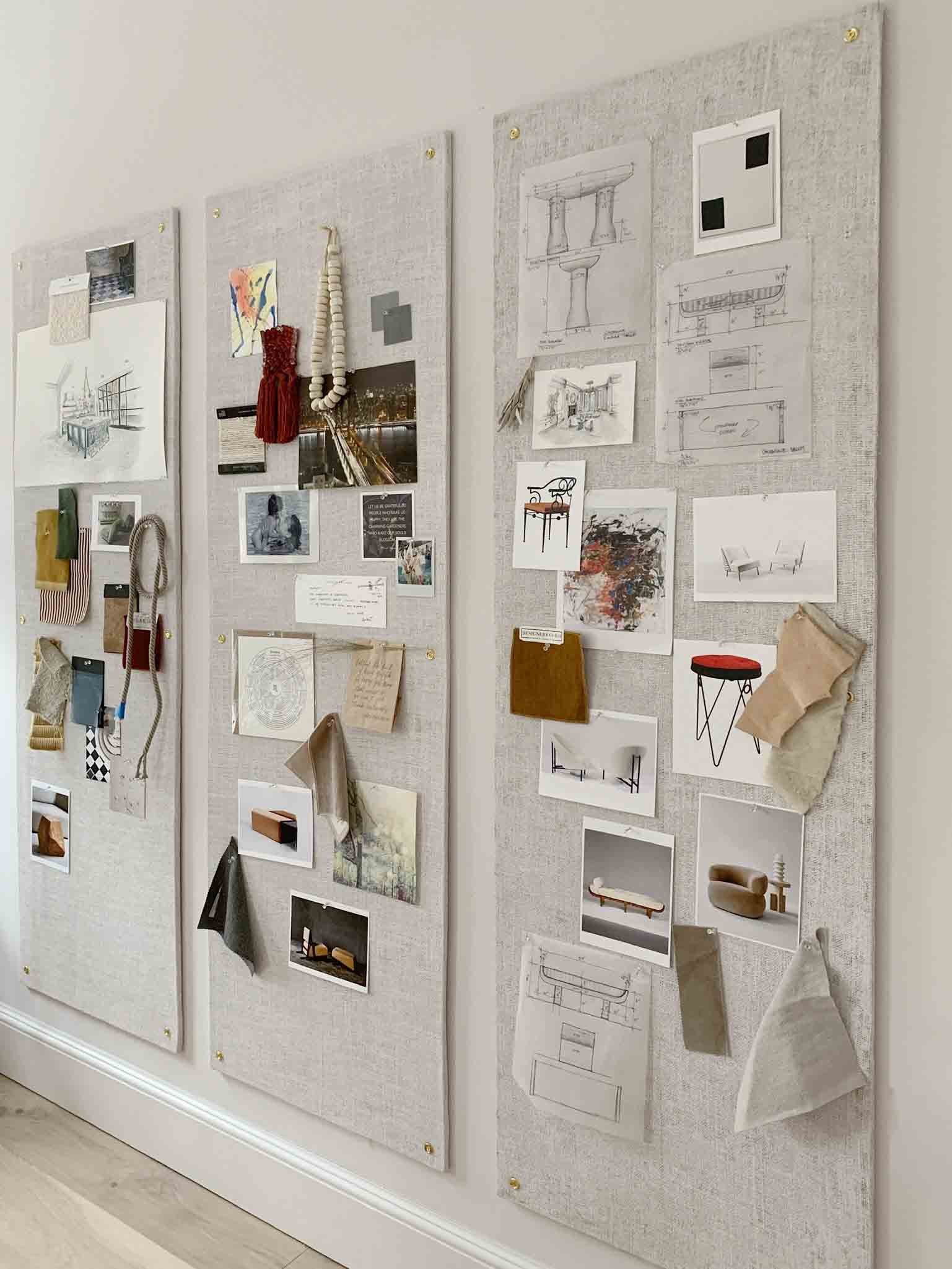 Image via Eye Swoon
Image via Eye Swoon
BUDGET AND TIMINGS
Whether you decide to call in the experts or DIY your project, your project should still have a budget and timeline in place. Renovation projects are well known for taking longer than planned, and this should be factored into your timeline. Having realistic expectation is critical, as a rushed job is never a good job!
If you don’t have a designer or contractor managing your project for you, you need to be realistic about what it takes to manage and run a renovation project, otherwise you could create more problems that could potentially cost you more money down the line. You will need to decide which tasks need to happen and in which order. On the back of that, you will need to check lead times on all project materials to ensure everything arrives in time. This is especially relevant at the moment where material shortages and delays have bumped lead times up around an additional 6 weeks or so.
If you are managing your own project, don’t forget about rubble storage and waste removal. These build up quickly on a project and will need to be managed on a regular basis.
You will also need to consider how the renovation is going to affect your daily life, and whether you will be able to live through it – and to what extent, or whether you will need to move out.
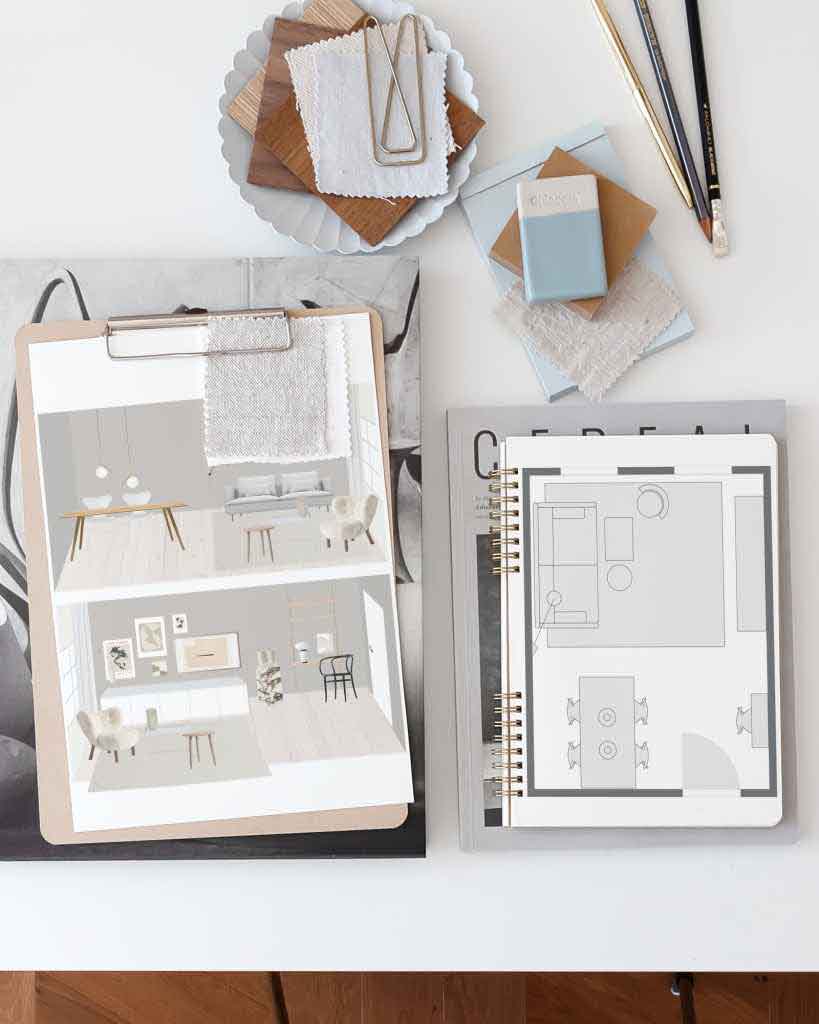 Image via Coco Lapine Design
Image via Coco Lapine Design
KNOW WHERE YOU ARE GOING TO SPEND YOUR MONEY
Many people go into a project wanting to see where they’re spending their money, but that can lead you astray. We know a lot of people want to immediately update their bathrooms and kitchens without addressing the structural issues that exist in a home. However, your big investment is at risk if the structure of the home is not sound.
During the first week of our home renovation we were immediately faced with a slew of structural issues that had to be addressed. All the ceilings in the bedrooms and our entry way were found to have water damage. Our choice was to leave them and paint over the damage (leave wonky ceilings in place), or replace them. Bad choices to cover up more bad choices isn’t a good fix. We always recommend fixing structural issues first, even it if means completing other elements of your project at a later date.
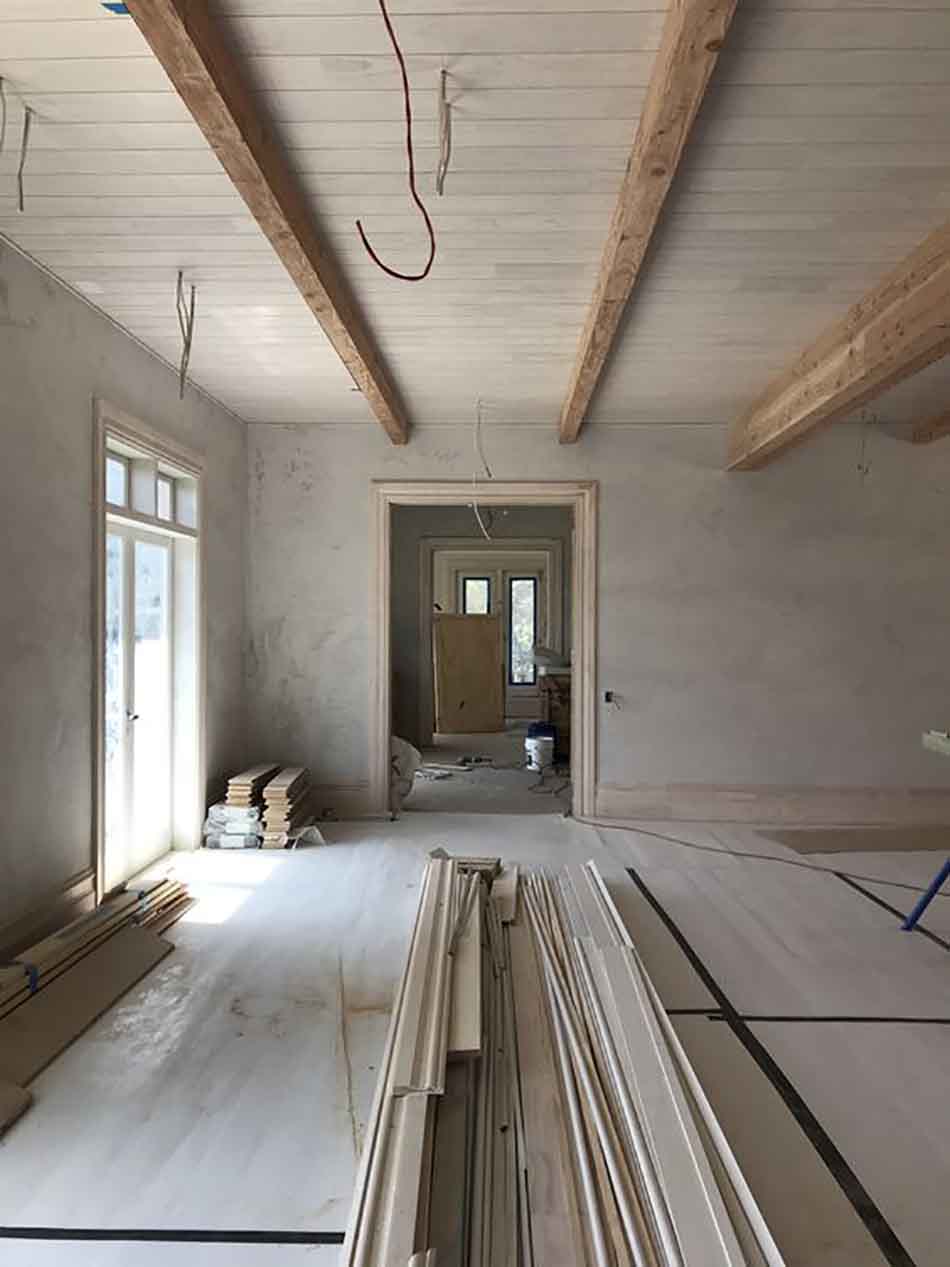 Image via Richard Stanisich
Image via Richard Stanisich
KEEP THE ORIGINAL FEATURES
We don’t believe the saying “Out with the old, In with the new” applies when it comes to designing your home. Highlighting original features brings stunning individuality and – lets be honest – serious design cred to your home. Just about everybody swoons over a setting that preserves original features, while the combination of contemporary furniture and artwork against a more traditional backdrop provides the ultimate design juxtaposition.
This beautiful office space has mixed original ceiling details with a modern office aesthetic. By creating a feature with the very modern light, the two elements compliment each other, rather than clash.
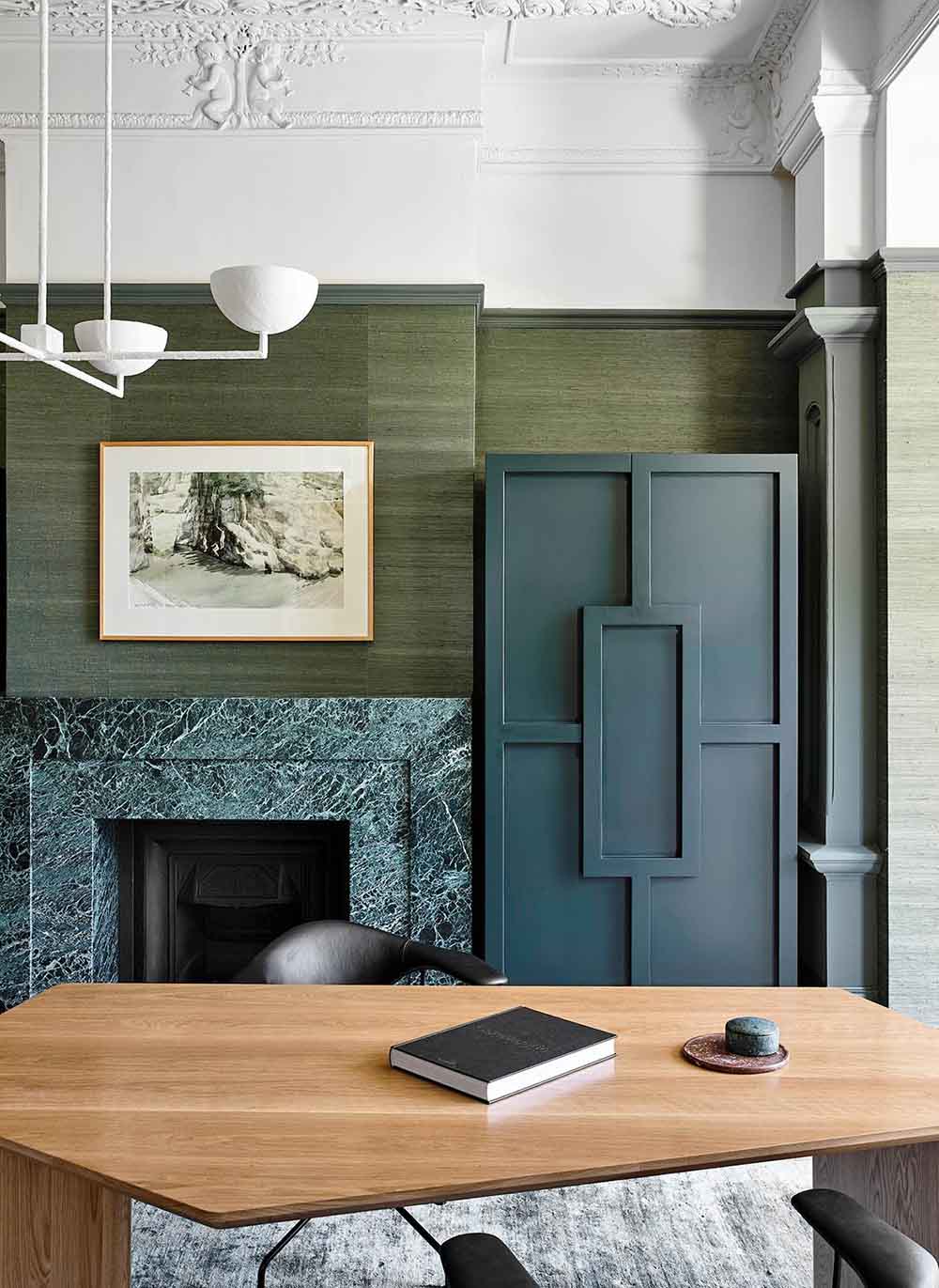 Image via Homes To Love
Image via Homes To Love
DON’T CHANGE THE LAYOUT UNLESS YOU ABSOLUTELY HAVE TO
We know people like to go into a renovation with their hammer swinging, tearing down walls and “opening up” spaces. Just remember you don’t always need to change the layout of a space to make a big impact. In most cases layout changes, especially in spaces like kitchens and bathrooms, cost you a lot more that sticking with the original layout. Changing pipes and plumbing unnecessarily can really blow your renovation budget. By all means get a new toilet, but try to leave it in the same place.
In this kitchen renovation, not only did we keep most of the appliances and fixtures in the same space, we also kept the old countertop. A mostly cosmetic update gave this kitchen a whole new personality.
You don’t always need to move walls to make a space feel larger. Always try to think about what you can achieve without making any changes and by maximising the existing space, and then work from there. For example, if your kitchen feels small and crowded, simply removing upper cabinets can open the space up.
If you end up having to change your layout, or need to move door and window openings, try to re-use as many of the original elements as possible. This really helps your overall renovation budget, as well as reducing construction waste.
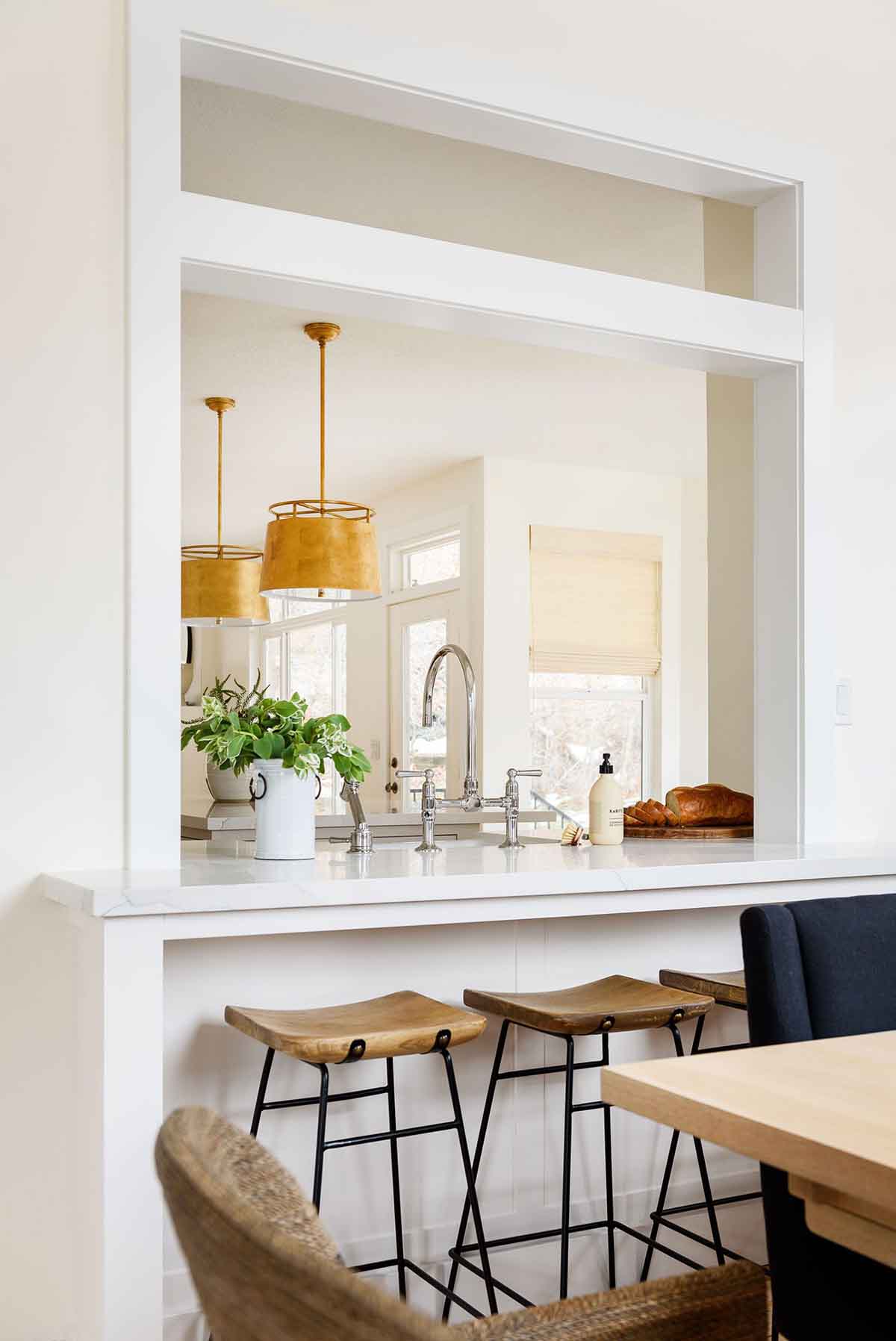 Image via Studio McGee
Image via Studio McGee
LIGHTING AND ELECTRICS NEEDS A PLAN
We assume that on any project where our clients have an architect involved, an adequate lighting and electrical plan have been put into place. For our clients with smaller makeover projects, we always like to stress that these elements still need to be taken into consideration. Many older homes have too few power outlets and often in random places. The same applies for lighting, where you often see just one overhead fixture lighting up a whole room.
Chasing wiring and adding electrics is something you need to cost and plan for, before starting your renovation project. This also ensures your ideas are possible, and allows you to come up with a Plan B if not.
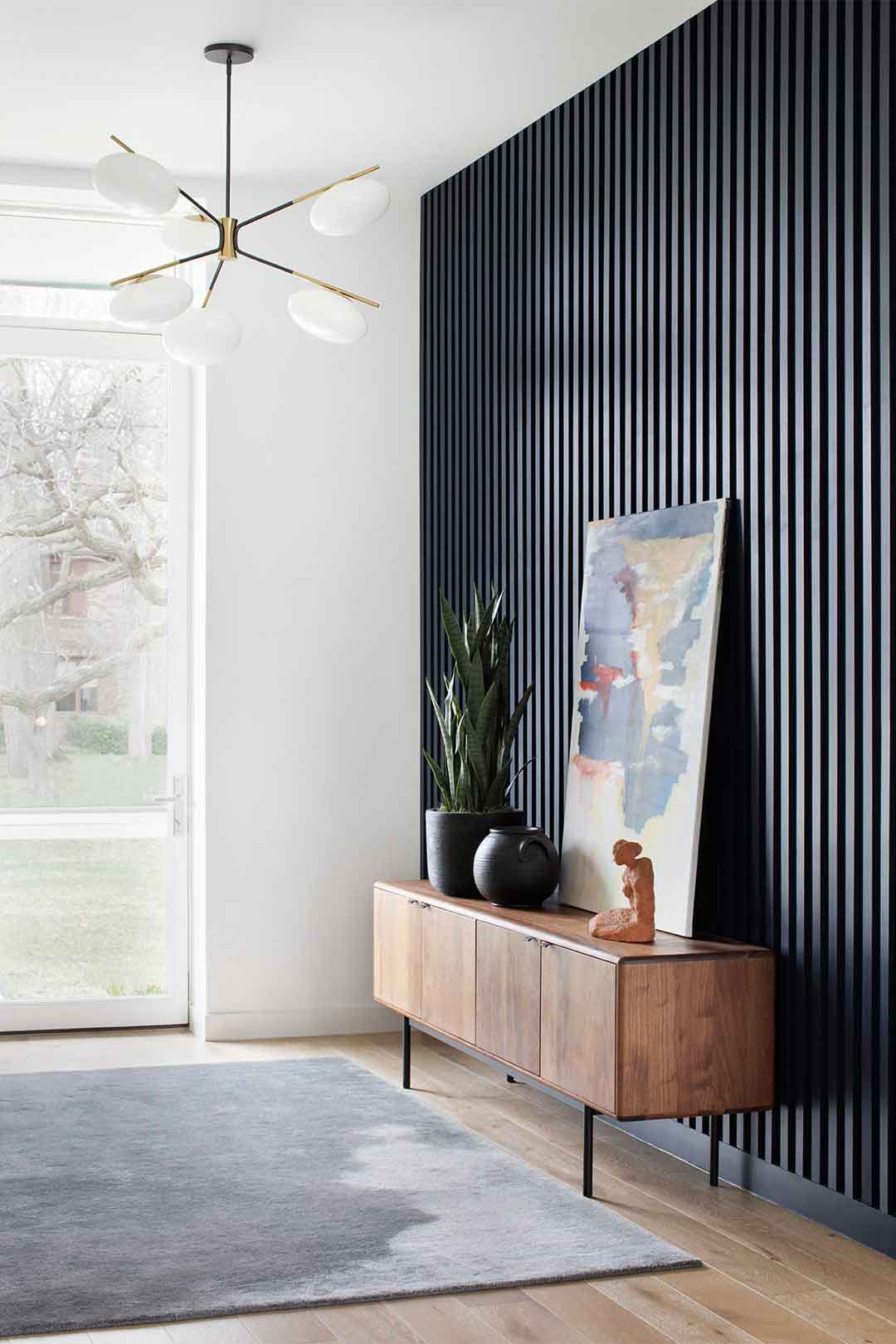 Image via Domino
Image via Domino
With all of this in mind prior to starting your renovation, you’ll need to be sure that you continue to stay on top of every element during your renovation.
And remember – Expect The Unexpected.


